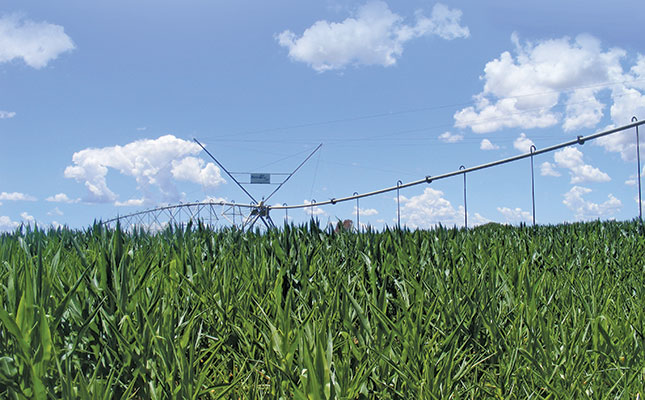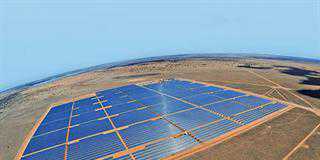
This would the second biggest harvest since the 1980/1981 bumper crop of 14,66 million tons and would also be 84% larger than the 2016 crop, which was the smallest crop since 2007, according to Wandile Sihlobo, head of economic and agribusiness intelligence at Agbiz.
The total area estimate for maize remained unchanged at 2,6 million hectares, while the expected yield was 5,45 t/ha. The area estimate for white maize was 1,6 million hectares and for yellow maize it was 985 500t/ha.
The three main maize producing areas: Free State, Mpumalanga and North West were expected to produce 82% of the 2017 crop.
If the forecasted harvest is achieved, South Africa would regain its status as a net exporter of maize this season, Sihlobo said.
“Total maize exports could at least reach 2,5 million tons. About 56% of this could be white maize, with 44% being yellow maize,” he said.
“The sunflower seed production forecast was revised down by 4% from the previous estimate to 896 060t, due to expected lower yields,” Sihlobo said.
“Reports of Sclerotinia sclerotiorum fungus in the western parts of North West remain a risk that could negatively affect the sunflower seed crop,” he said.
The soya bean crop was estimated at 1,16 million tons – 9% higher than the previous estimate and 57% higher than the previous season.
The groundnuts production estimate was also revised down by 2% from the previous one at 86 600t.
The production forecast for sorghum was 153 480t, with the area estimate at 42 350ha and an expected yield of 3,62 t/ha.
The forecast for dry bean production was 65 275t, the area estimate 45 050ha, and the expected yield 1,45 t/ha.
According to Free State farmer, Laurens Schlebusch, the increased supply levels of maize would affect farmers’ profit margins.
“The turnover will be less than what farmers received last year, as the crop harvested [will be] greater than what we need in South Africa. Last year the farmers received R3 200/t and this year we are receiving R1 800/t. For sunflowers we received about R5 700/t and this year the price has gone down to R4 000/t,” he said.
“The turnover for farmers will depend on their [sales] strategy. For example, if farmers hedged/fixed their prices when the prices are favourable, they stand a chance of a better turnover,” Sihlobo said.











